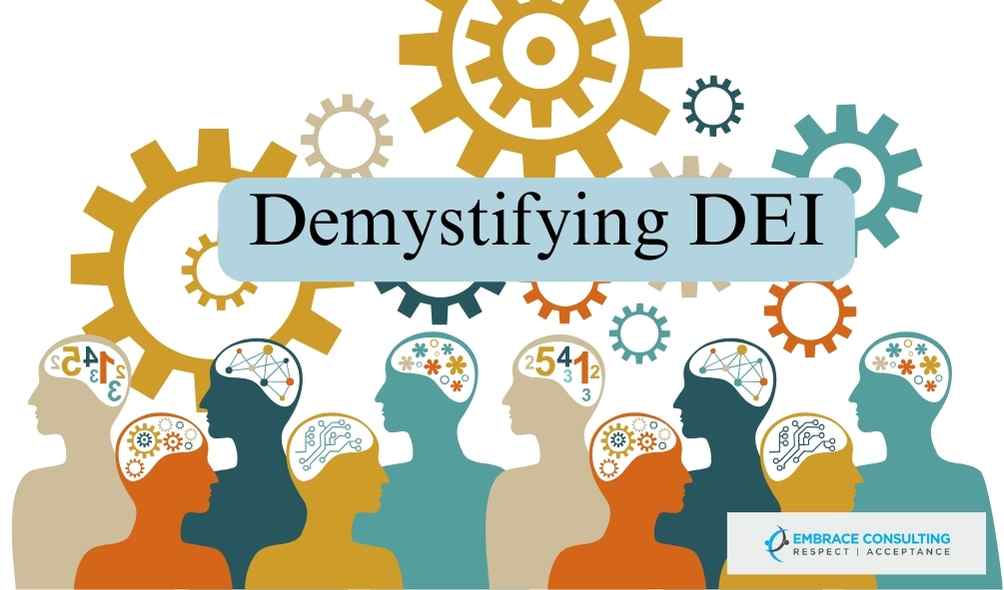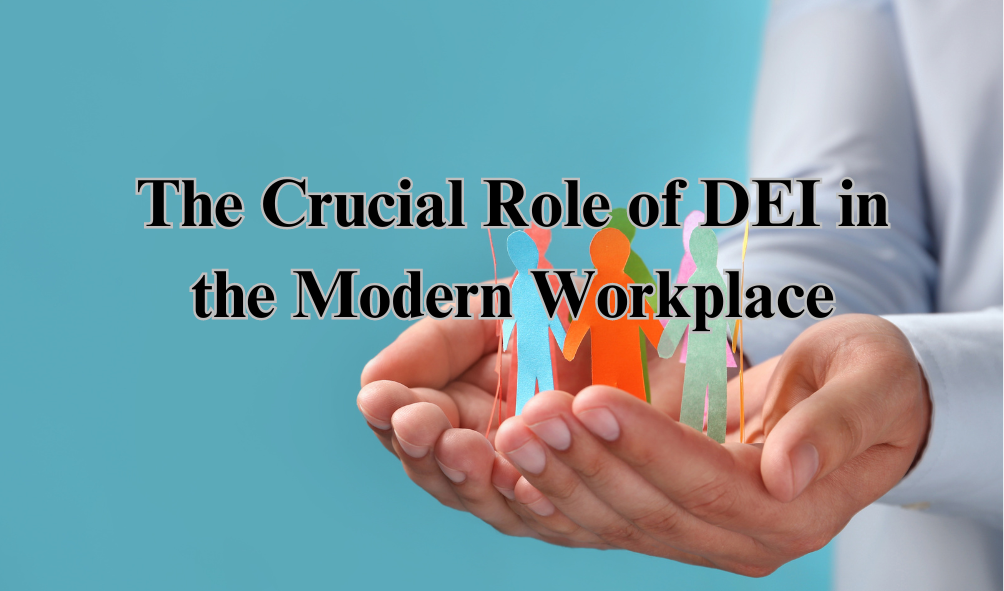
Asia is a mosaic of vibrant economies and diverse cultures, pulsating with untapped potential. However, within this dynamic landscape, the journey towards gender equality in the workplace unfolds against a backdrop of both progress and persistent challenges. This article delves into the status of women’s inclusion in Asian workplaces, shedding light on critical areas necessitating improvement. Embracing diversity and ensuring equal opportunities for women is not only a moral imperative but also an economic necessity for the sustainable growth of Asian economies.
The Current Landscape:
1. Economic Contribution: Women stand as formidable contributors, constituting approximately 36% of Asia’s GDP—a figure resonating with the global average. Yet, beneath this overarching statistic lie significant disparities among nations. While China leads with 41%, India trails behind at less than 20%. Closing this gap and harnessing the full potential of women’s economic participation is vital for driving overall prosperity in the region.
2. Entry-Level Positions: Initial strides are discernible, with women occupying roughly 40-45% of entry-level roles in Asian companies. However, as the organizational hierarchy ascends, the representation of women diminishes. At the zenith of corporate structures, the ratio dwindles to 25% in Singapore, and even lower in Japan and India. This highlights the need for concerted efforts to address barriers to women’s advancement in the workplace, such as unconscious bias and lack of mentorship opportunities.
Challenges and Opportunities- Gender Gaps in Leadership
1. Underrepresentation: Ascending to leadership roles remains a formidable challenge for women across Asia. Nations such as Japan, India, and South Korea grapple with the pervasive underrepresentation of women in influential positions. Even in China, despite robust female labor-force participation, the share of women in leadership roles calls for enhancement. Empowering women to take on leadership roles not only promotes gender equality but also fosters diverse perspectives and enhances organizational performance.
2. Unpaid Care Work: Gender inequities persist in the allocation of unpaid care work, presenting a substantial barrier to women’s full participation in the workforce. Reducing the burden of unpaid care work through policies such as affordable childcare and parental leave can enable women to balance work and family responsibilities more effectively, thereby increasing their workforce participation and contribution to economic growth.
Economic Levers for Growth
1. Labor-Force Participation: Nurturing an increase in women’s labor-force participation rates stands as an imperative. Bridging the gap between female and male participation holds the potential to unlock substantial GDP growth. In an optimistic scenario, China could reap $2.6 trillion, while India could realize an 18% GDP surge, equivalent to $770 billion. Promoting inclusive hiring practices, providing skills training, and addressing structural barriers can help increase women’s participation in the labor force.
2. Paid Hours Worked: Encouraging a greater number of paid hours worked by women, transcending the confines of part-time roles, promises to bolster economic prosperity. Flexible work arrangements, such as remote work and flexible hours, can accommodate the diverse needs of women in the workforce, allowing them to balance work and personal responsibilities more effectively.
3. Sectoral Shifts: Strategic involvement of more women in higher-productivity sectors, such as technology, finance, and innovation, serves as a catalyst for further GDP expansion in Asia. Promoting STEM education for girls, fostering entrepreneurship, and breaking down barriers to entry in male-dominated industries can help unlock the untapped potential of women in driving innovation and economic growth.
Country-Specific Insights
1. Philippines: A beacon of progress in gender parity at work, the Philippines has made significant strides in narrowing the gender gap in workforce participation and leadership roles. Government policies promoting gender equality, coupled with efforts from civil society and the private sector, have contributed to the advancement of women in the workplace.
2. New Zealand and Singapore: Noteworthy advancements are observed in New Zealand and Singapore, where proactive measures to promote women’s inclusion in the workforce have yielded positive results. Investments in education and skills training, along with initiatives to support women entrepreneurs, have contributed to greater gender equality in these countries.
3. Bangladesh, India, Japan, Nepal ,Pakistan, and South Korea: These nations confront the most substantial journey towards achieving gender parity in the workplace. Persistent cultural norms, discriminatory practices, and inadequate support systems pose significant challenges to women’s economic empowerment in these countries. However, concerted efforts from stakeholders across sectors are crucial for overcoming these obstacles and advancing gender equality in the workplace.
Asia’s odyssey towards gender equality is multi-faceted and demands concerted action. By prioritizing women’s inclusion, the region stands poised to unlock a staggering $4.5 trillion in collective GDP annually by 2025. Let us redouble our efforts, empower women, and cultivate workplaces that thrive on diversity and inclusion. In this collective endeavor, collaboration, policy reforms, and a steadfast commitment to creating environments where every woman’s potential can flourish serve as the guiding beacons.
Asia-Pacific Gender Disparities: Challenges and Opportunities
June 20, 2023 | Agoda
The Global Gender Gap Report 2023 underscores persistent gender gaps in Asia-Pacific labor markets. Despite women’s increased participation rates, disparities persist, with women often missing out on benefits in high-growth sectors. Agoda’s survey emphasizes the need for transparent opportunities, workplace flexibility, and equal access to empower women in the region’s workforce.
Addressing Gender Norms: A Roadmap for East Asia
June 20, 2023
In East Asia, entrenched gender norms pose challenges for women in the workforce. South Korea, Japan, and China face similar issues, with gender norms impacting childcare responsibilities and women’s roles. Efforts, such as Malaysia’s wage incentives and initiatives to change SOCSO laws, indicate steps towards addressing these systemic barriers and promoting gender equality.












